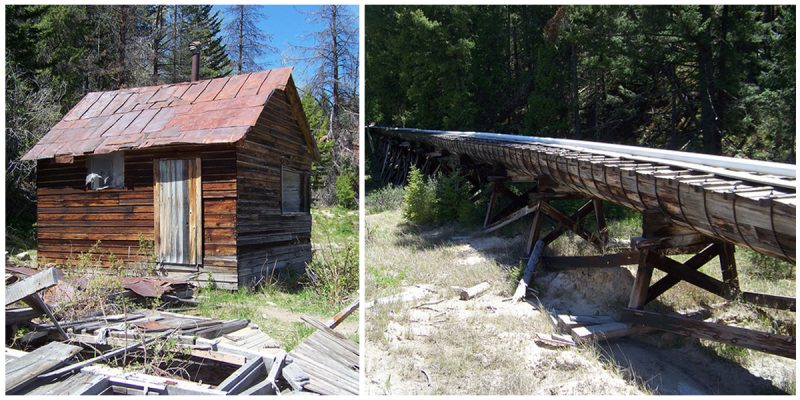Granite is a ghost town in Granite County, Montana, United States, east of the town of Philipsburg. Granite thrived as a silver mining town in the 1890s but is now completely deserted.
The state of Montana maintains the mine superintendent’s house and the ruins of the union hall as Granite Ghost Town State Park.
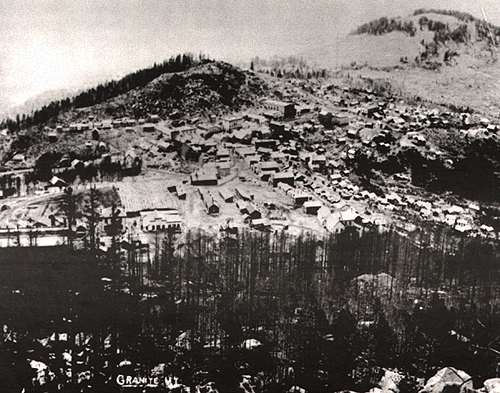
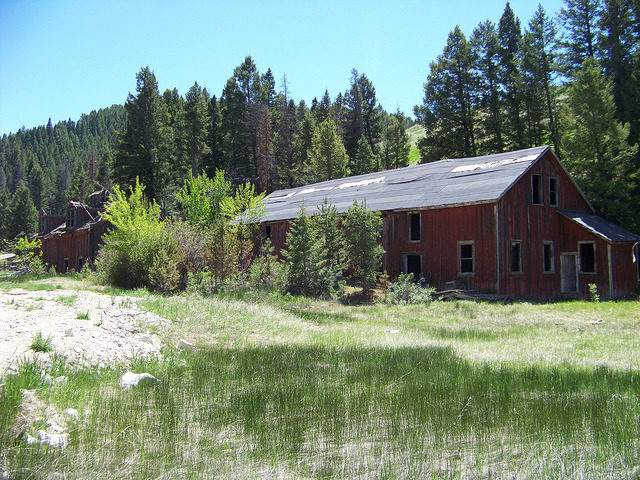
In 1872, Eli Holland found a small quantity of high-quality ruby silver in the area. A shallow shaft was dug but later abandoned until 1877, when Charles McLure found a rich specimen of ruby silver at the site, which assayed at 2,000 ounces of silver per ton.
He later traveled to St. Louis to obtain the capital necessary to begin development of the mine. He partnered with a man named Charles Clark and the two bought the property and formed the Granite Mountain Mining Company.
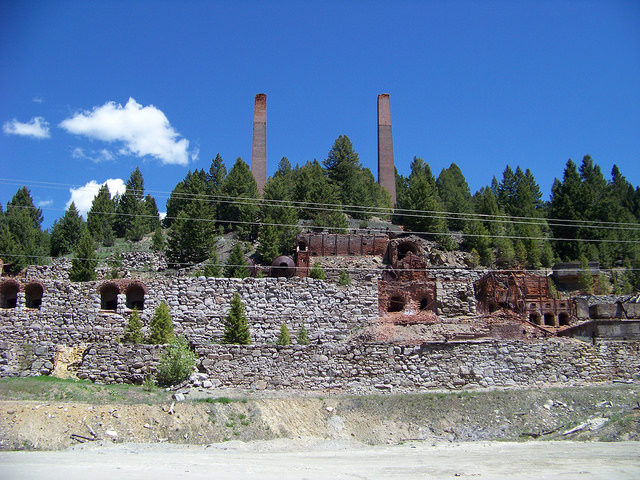
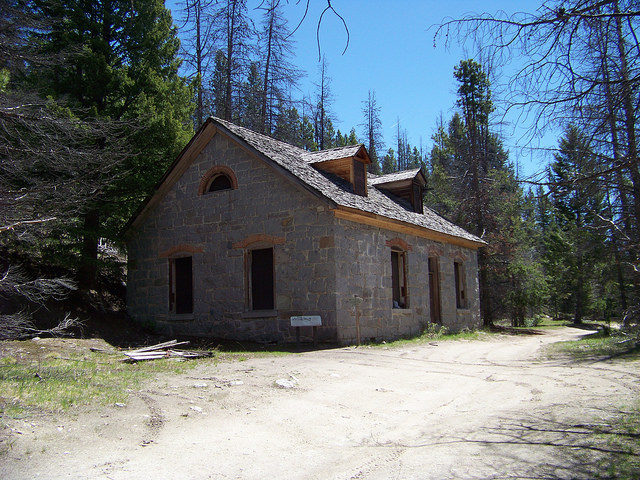
In 1896, Granite was the largest silver mine in the world. The company actually sent a 4,307-pound bar of silver to the World’s Fair in Chicago to showcase the areas riches.
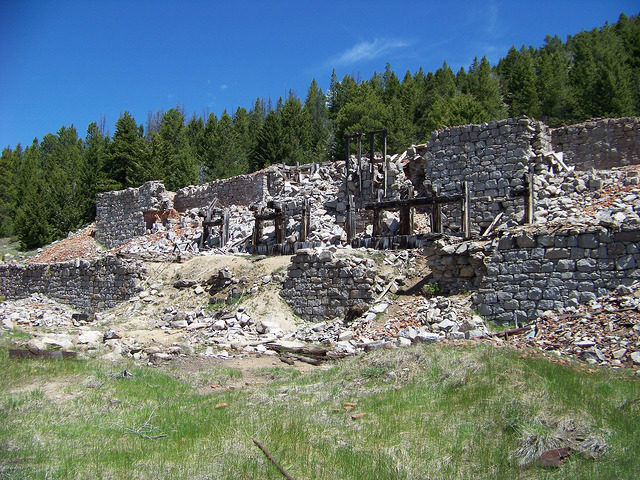
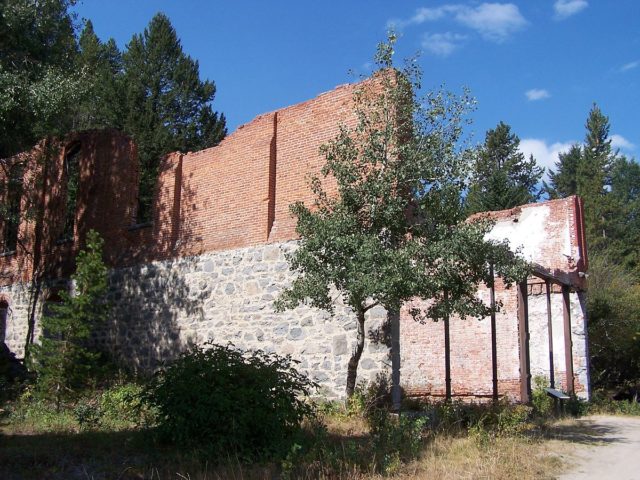
Granite eventually grew to a town with more than 3,000 inhabitants. For the time period, there were many modern amenities, such as the large Miners Union Hall, a library, 18 saloons, brothels, a hospital and school as well as churches. Granite also had a water system, named streets, many homes but no cemetery due to the rocky nature of the mountain.
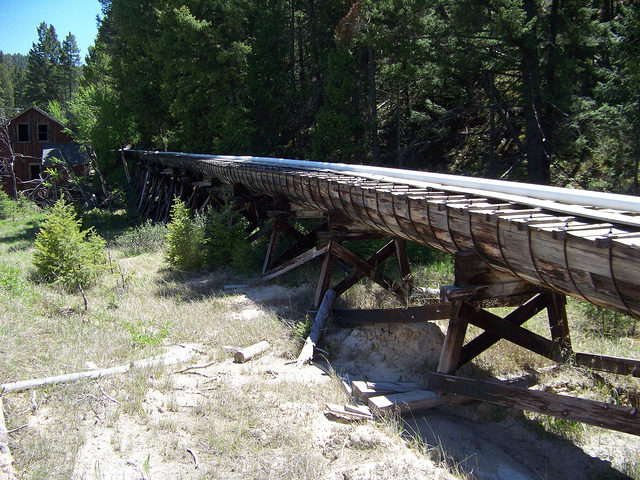
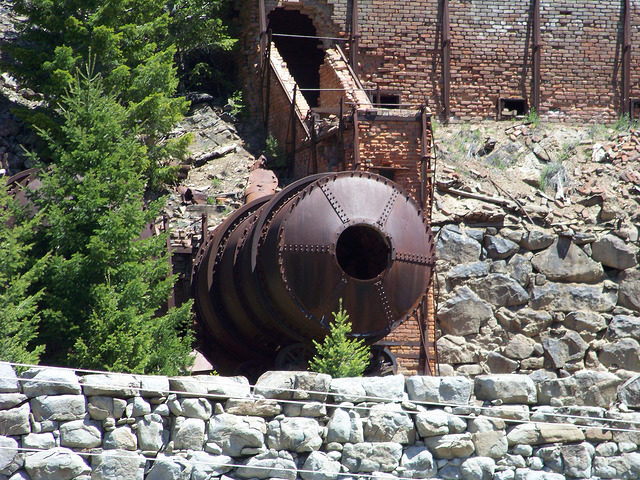
The Sherman Silver Purchase Act was repealed in 1893, drastically lowering the price of silver, and many residents left Granite, leaving only 140 residents a year later. Granite is currently entirely uninhabited.
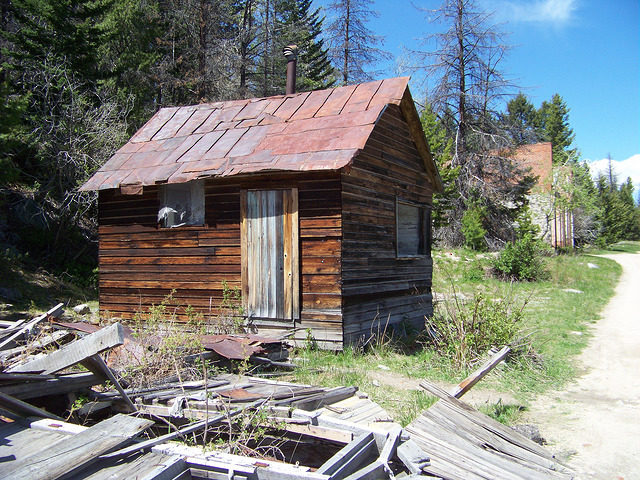
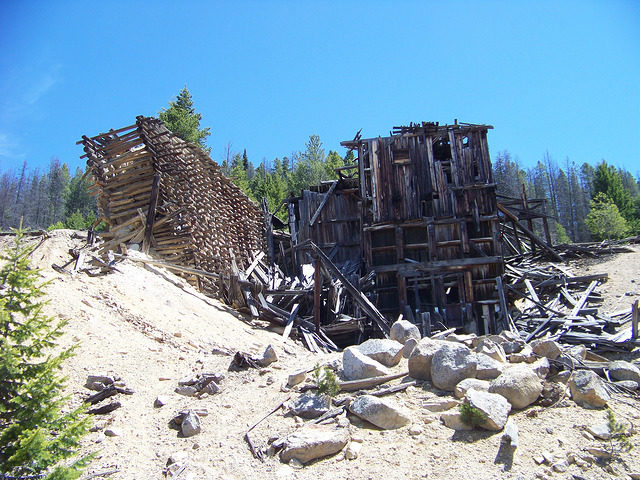
The few structures that remain have either been stabilized or lie in ruins. The town is full of granite foundations; an indication of a prosperous time past.
